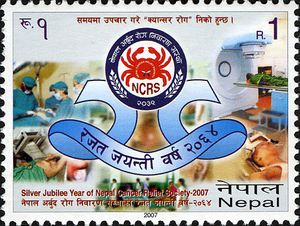Because pesticides may operate through different mechanisms, the authors studied the risk of prostate cancer associated with specific pesticides in the Agricultural Health Study (1993–2007). With 1,962 incident cases, including 919 aggressive prostate cancers among 54,412 applicators, this is the largest study to date. Rate ratios and 95% confidence intervals were calculated by using Poisson regression to evaluate lifetime use of 48 pesticides and prostate cancer incidence. Three organophosphate insecticides were significantly associated with aggressive prostate cancer: fonofos (rate ratio (RR) for the highest quartile of exposure (Q4) vs. nonexposed = 1.63, 95% confidence interval (CI): 1.22, 2.17; Ptrend < 0.001); malathion (RR for Q4 vs. nonexposed = 1.43, 95% CI: 1.08, 1.88; Ptrend = 0.04); and terbufos (RR for Q4 vs. nonexposed = 1.29, 95% CI: 1.02, 1.64; Ptrend = 0.03). The organochlorine insecticide aldrin was also associated with increased risk of aggressive prostate cancer (RR for Q4 vs. nonexposed = 1.49, 95% CI: 1.03, 2.18; Ptrend = 0.02). This analysis has overcome several limitations of previous studies with the inclusion of a large number of cases with relevant exposure and detailed information on use of specific pesticides at 2 points in time. Furthermore, this is the first time specific pesticides are implicated as risk factors for aggressive prostate cancer.
Source:
Stella Koutros et al.
American Journal of Epidemiology, Volume 177, Issue 1, p. 59-74.
http://aje.oxfordjournals.org/content/177/1/59.short

- Log in to post comments
